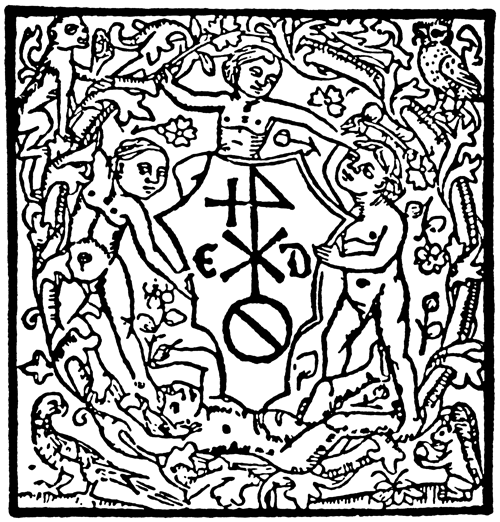-

Preface;
Note on the text;
Introduction;
The vocabulary of disingenuousness;
Methodological questions;
Sources for the ‘self’;
‘Self’ and ‘ethos’;
PART I : INTENTIONALITY, IDENTIFICATION, MEANING
At the window. Embodied intentionality
At the window
The inward glance Erasmus,Montaigne, andMartin Guerre (the ‘Alter Ego’);
What do friends hold in common?
‘Les hommes moitié les uns des autres...’
Martin Guerre
Lying and meaning: semantic intentionality
Intentio and meaning-intention
Meaning: problems in translation
Lying
Meaning what you say, saying what you mean. (Voluntas, sententia, mens, intellectus, sensus, etc.)
Excursus: A middle region
PART II : ON (NOT) MEANING WHAT YOU SAY
Aliud in pectore habens, aliud in ore: Erasmus and the habits of insincerity
Epistolary portraits
Polemic, friendship, and the open letter
Edward Lee
Invective, irony, allegory
‘J’entens, mais quoy’: Rabelais on reading, writing, and intending
‘Words in the air’: Thaumaste, Nazdecabre, and the question of perspicuous signs
‘Ce que j’entends par ces symboles Pythagoricques’: Rabelais on meaning and intention
Are Rabelais’s chronicles ‘anamorphoses’ or ‘steganographies’?
Who is the ‘I’ in early modern poetry?
Varieties of Renaissance poetic action
Lyric definitions
Problems of poetic action: Ronsard, Muret, Baïf
The death of the author: from Etienne Dolet to Clément Marot
The poet as phoenix: conclusions
Conclusion : ‘Faire semblant’
Bibliography
-
-
